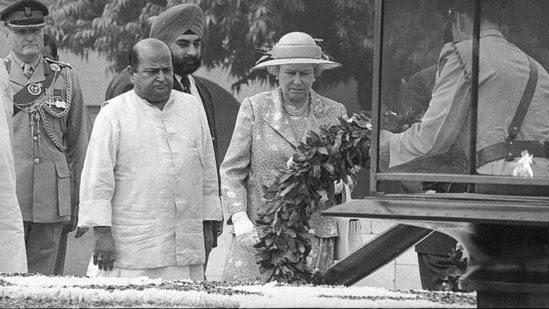
Queen Elizabeth II made her first mention of the Jallianwalla Bagh massacre on her second visit in 1983. Her trip to India coincided with the country’s 50th anniversary of gaining independence from British colonial domination. “It is no secret that there have been some trying times in our history”, the queen stated, referring to “tough moments” in colonial history. In her banquet address, she stated, “Jallianwala Bagh is a disturbing example.”
The first British monarch to ascend to the throne after India gained its independence from colonial authority in 1952 was Queen Elizabeth II, who passed away on Thursday at the age of 96.
The late Prince Phillip, Duke of Edinburgh, and the Queen visited Mumbai, Chennai, and Kolkata in 1961 before travelling to Bombay, Madras, and Calcutta. She also paid respects to Mahatma Gandhi at Raj Ghat and visited the Taj Mahal in Agra.
In a memorial tweet following the queen’s passing, Prime Minister Narendra Modi referred to her as “a stalwart of our times” and noted that “she exemplified integrity and decency in public life.”
Thursday morning, Prime Minister Modi unveiled a statue of freedom fighter Subhas Chandra Bose at India Gate to replace the statue of the queen’s great-grandfather, Britain’s King George V. The statue of George V was demolished almost fifty years ago. Additionally, the Prime Minister unveiled a new naval ensign last week that did away with the existing flag’s prominent St. George’s cross, which is England’s national symbol.